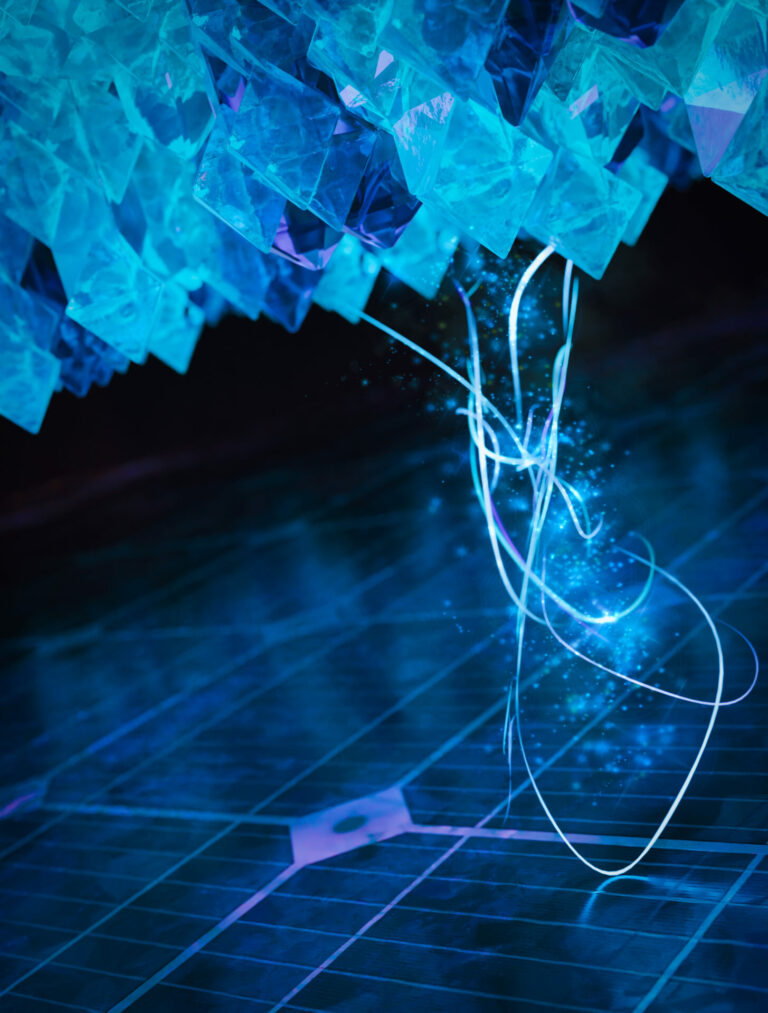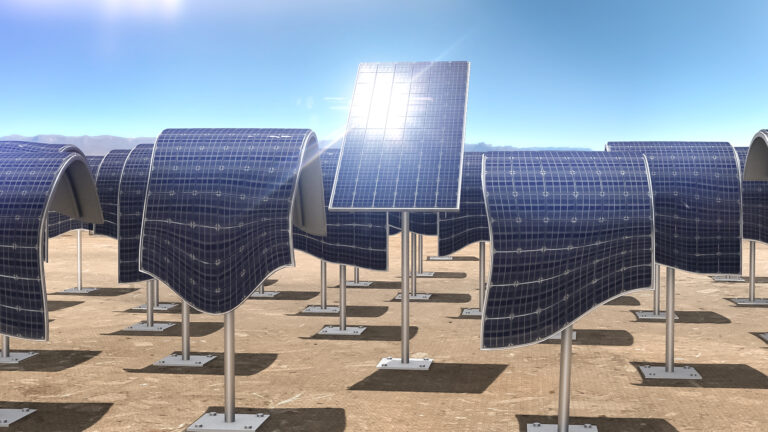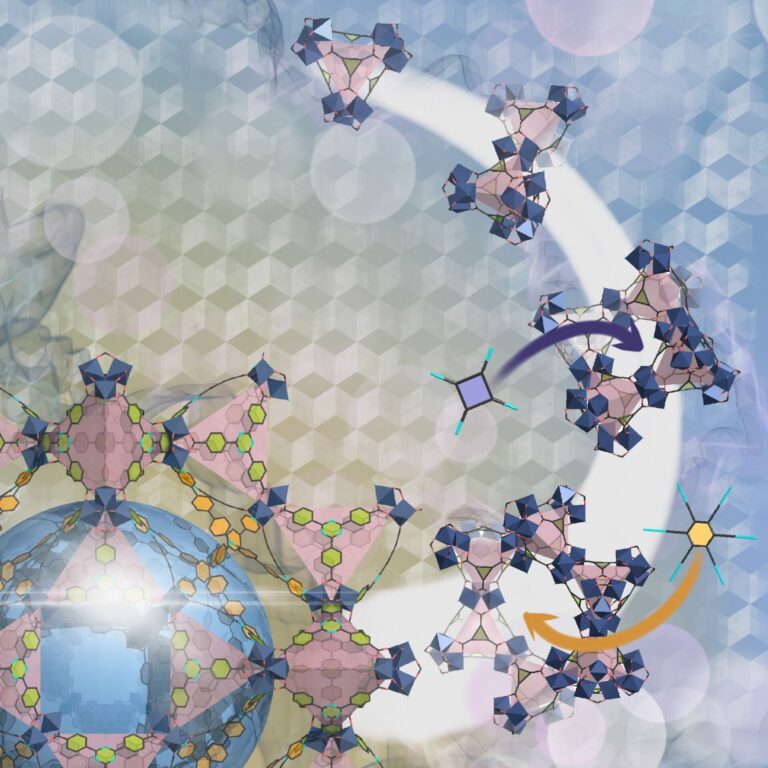Material Science and Engineering
QD Solar brings quantum cell technology into the light
Funding from KAUST is helping to bring innovative solar power technology to fruition with startup company QD Solar.


With an ideal design for solar panels the paint made from quantum dots is highly flexible.
© 2015 KAUST
Enabling researchers to take their ideas from the earliest research stages right through to the development and commercialization of a final product is a foundation goal at KAUST. One route is for KAUST to provide active support to startup companies that have strong connections with the university’s research activities.
Nicola Bettio, manager of the funding scheme, says seed funding and early-stage capital are made available to startup companies through the KAUST Innovation Fund. “We invest in companies launched by our faculty, researchers and students, alongside international startups that are willing to move their operations to KAUST and Saudi Arabia,” Bettio explains. “By encouraging the transition of science into innovation and new ventures we can help to establish a fertile ecosystem for early-stage technology-based companies in Saudi Arabia.”
Efficient and cost-effective solar power generation will bring significant economic benefits and drastically reduce the carbon footprint of Saudi Arabia and the rest of the world. For the past several years, KAUST has been supporting research into new technologies using ‘colloidal quantum dots’ – a potential alternative to the established design of solar cells.
Colloidal quantum dots are tiny semiconductor particles with the capacity to harvest energy from both the visible spectrum and the previously-untapped near-infrared portion of the sun’s light. Edward Sargent, a senior researcher at the University of Toronto, has been working on the development and application of colloidal quantum dots for the past ten years, and helped found QD Solar, a Canadian startup company aiming to commercialize the new technology.
“When KAUST was founded back in 2009, there was a very strong emphasis on advancing solar technology that led to the creation of KAUST’s Solar and Photovoltaics Engineering Research Center (SPERC),” explains Sargent. “The university employed top professors in the field who have been a key asset during the development of the new quantum dot technique I have been working on. I was fortunate enough to be awarded a KAUST Investigators grant around that time, enabling me to pursue my research in collaboration with these top scientists.”
In 2009, Sargent’s team at the University of Toronto received a grant from KAUST to advance their research into colloidal quantum dots specifically for solar power applications. Since then, the team’s advances have evolved in leaps and bounds. “Our latest design incorporates the dots into a solution, or ‘paint’, which can be applied to flexible surfaces very easily and cheaply,” Sargent explains. “We have also vastly improved the power conversion efficiency of the dots over the past six years, thanks in part to the funding from KAUST.”
Sargent and his team, in collaboration with KAUST researchers, are now investigating ways of combining the dots with existing silicon-based solar cells to create new hybrid structure solar panels. This will allow them to harness a far greater fraction of the sun’s energy than ever before, improving the panels’ efficiency and capacity to generate more power.
Marc Vermeersch, the SPERC managing director, points out that current solar cell technologies are reaching their physical limits. He explains that a key advantage of creating QD Solar’s hybrid system is that existing solar panel producers will be able to modify their manufacturing practices relatively easily to incorporate the new design, rather than starting from scratch. Manufacturers will be able to achieve significant economic and efficiency improvements using QD Solar’s quantum dot-based solar products, Bettio adds.
KAUST anticipates welcoming a QD Solar presence to Saudi Arabia in the near future, as Bettio explains: “QD Solar is working with the KAUST Innovation Fund to raise capital to establish a significant development facility in our Research & Technology Park. Ultimately, this may lead to the establishment of a Saudi player in the photovoltaic industry and the creation of a hybrid solar panel manufacturing facility in the Kingdom.”
References
- | article
You might also like

Electrical Engineering
A shade closer to more efficient organic photovoltaics

Material Science and Engineering
A tandem approach for better solar cells

Material Science and Engineering
High-temperature electrical memories for brain-inspired computation

Environmental Science and Engineering
A green polymer film offers climate-friendly cooling

Material Science and Engineering
Efficient coupling adds an extra level to photovoltaics

Electrical Engineering
Best thermal stability and efficiency in organic solar cells

Electrical Engineering
Seeking stability to support sustainable outdoor solar cells

Chemical Engineering



